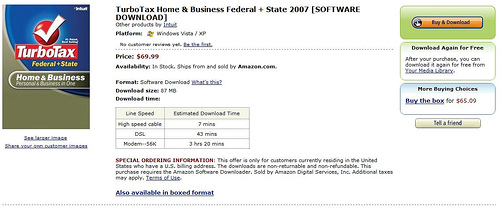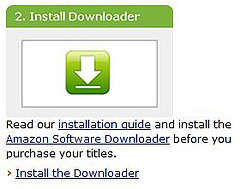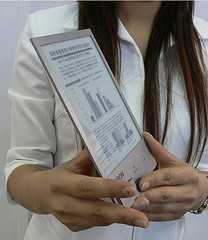A few years ago this would have been a crazy question. A bookstore against a search engine? Apples and oranges… not anymore. Still, we’re more used to pitting Google against Yahoo, Amazon against eBay. But think about it:
Adoption of Amazon Elastic Compute Cloud (EC2) and Amazon Simple Storage Service (S3) continues to grow. As an indicator of adoption, bandwidth utilized by these services in fourth quarter 2007 was even greater than bandwidth utilized in the same period by all of Amazon.com’s global websites combined.
The above quote is from Amazon’s earnings release. There are more then 330,000 developers registered to use Amazon Web Services. Some of these new Web 2.0 offerings will actually take off, in fact some will get mass adoption. That translates to tens of millions of users whose online activity flows through Amazon, and this is where Google comes in the picture.
Forget Search, Google is the world’s primary Advertising engine. They need to have (I did not say own!) all our data. Nick Carr is right:
For Google, literally everything that happens on the Internet is a complement to its main business. The more things that people and companies do online, the more ads they see and the more money Google makes. In addition, as Internet activity increases, Google collects more data on consumers’ needs and behavior and can tailor its ads more precisely, strengthening its competitive advantage and further increasing its income.
The business models are different: for Google everything you do is secondary (and largely free to you), since they make their money on the ads, while Amazon directly charges for their individual services (albeit not much). Amazon will have tens of  millions of users, and Google wants them, too.
millions of users, and Google wants them, too.
If we buy into Nick Carr’s “Big Switch” vision of utility computing (and I do), are these two giants competing to become “The Cloud computer”? Or perhaps one of the 5?
Related posts: ReadWriteWeb, TechCrunch, Between the Lines, Data Center Knowledge, ProgrammableWeb.


 There’s one thing I really, really don’t like about this new Amazon service: before you can purchase anything, you need to download and install the “Amazon Downloader”, which in turn will download and install the actual product. Now, I don’t know about you, but I certainly am not buying software frequently enough to justify the need for a client, whatever benefits(?) this approach may offer. And of course once you install software, you know you’re in for a lifetime of endless updates…
There’s one thing I really, really don’t like about this new Amazon service: before you can purchase anything, you need to download and install the “Amazon Downloader”, which in turn will download and install the actual product. Now, I don’t know about you, but I certainly am not buying software frequently enough to justify the need for a client, whatever benefits(?) this approach may offer. And of course once you install software, you know you’re in for a lifetime of endless updates…
 OK, OK, I get it… it’s the
OK, OK, I get it… it’s the 

 Wouldn’t it have been cool if Amazon built an e-book reader so inexpensive they could almost give it away for free, then make money by selling e-books for people to read on it (or selling upscale versions of the reader later)? Instead, they stuffed it so full of technological wizardry that it costs $399.
Wouldn’t it have been cool if Amazon built an e-book reader so inexpensive they could almost give it away for free, then make money by selling e-books for people to read on it (or selling upscale versions of the reader later)? Instead, they stuffed it so full of technological wizardry that it costs $399.
Recent Comments